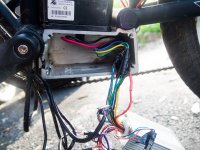markz
100 TW
Chalo, sir, you mean the world is better off without Walmart!
Chalo said:The bright side is, if this modification scraps the frame, it's only a Wal-bike and the world is better off without it.


